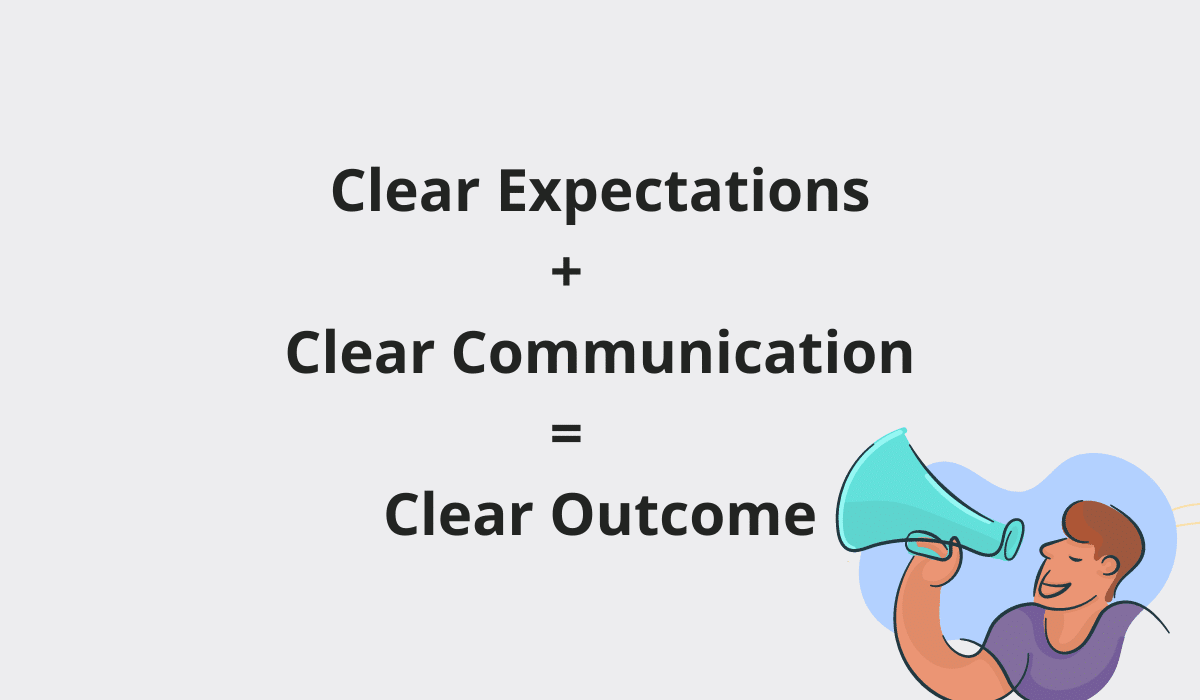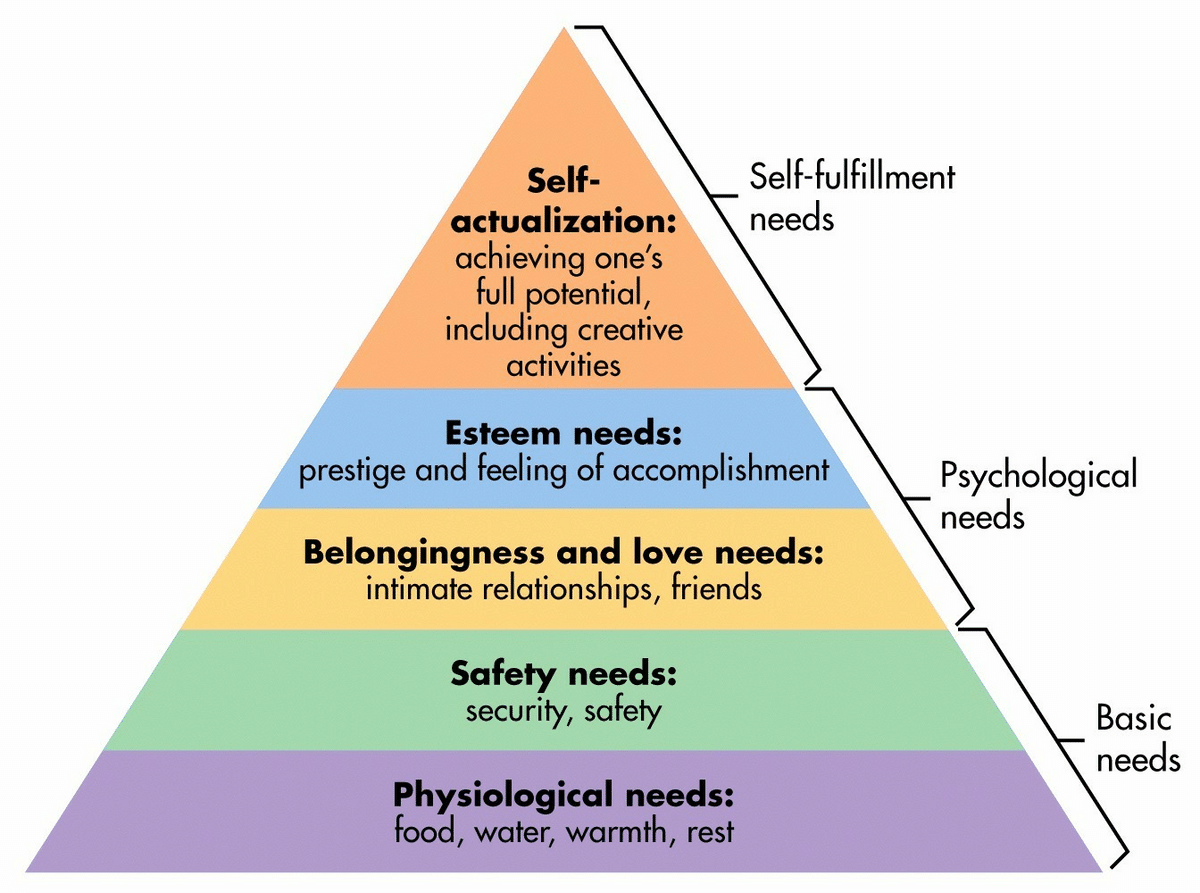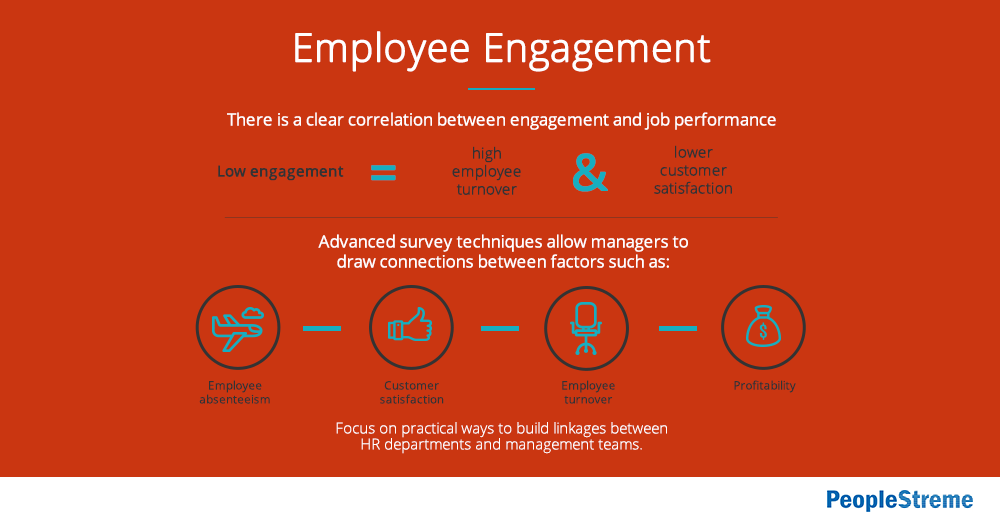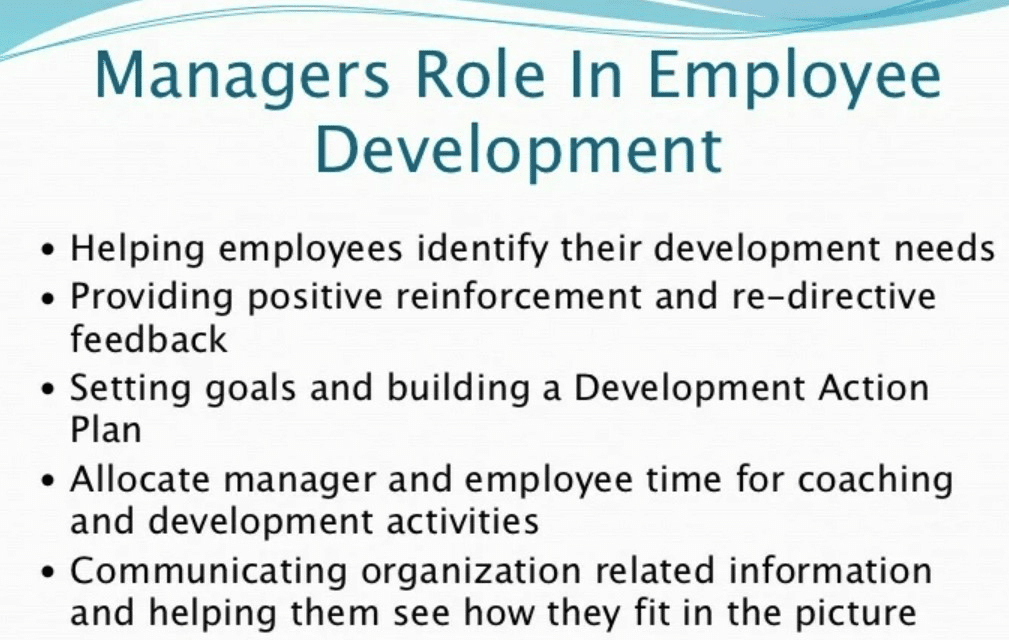With global supply chain issues and the staffing crisis happening simultaneously with a housing boom, project managers have their work cut out for them.
As a result, they are conscious of having to keep their team members happy, consistent, and motivated.
By taking a few preventive measures and planning ahead, contractors can find a variety of ways to motivate their team members.
While what succeeds with one group of employees might not work for others, keeping a few general principles in mind can help to create a healthier, happier workplace.
In this article...
Communicate Your Expectations Clearly
Project managers must always strive towards ensuring that workers understand why their supervisors ask them to perform certain tasks.
Motivation is difficult to achieve without clearly defined goals.
In addition, safety expectations, workplace culture, and details of work assignments merit straightforward explanations, as well as occasional reminders where necessary.
Communication, in general, must flow in all possible directions, not just between clients and contractors.
Construction teams must feel as if they can discuss expectations with decision makers whenever necessary.
Swapping feedback is a good way to ensure everyone is moving in the right direction and that the issues concerning the team are openly addressed.
It is difficult to communicate expectations if workers do not feel motivated or if project leaders do not commit to letting everyone know what needs to happen and why.
Workers will wonder about the details of what they’re expected to do, and why it’s important to the client.

Clear communication is also helpful in adjusting unrealistic expectations.
If an experienced and hard-working crew knows that a certain job cannot reach completion by a specific time, it behooves leadership to take their concerns into account.
The whole team can work together to tackle any issues that might affect timelines, supply issues, or work environment concerns.
As Aerotek Business Development Executive Josh Miles points out, specificity is key.
“Everyone wants to know what they should be doing and if they’ve done a good job. You’re going to get a better outcome if you relay the purpose of the task —so workers know what to aim for — and offer performance feedback.”
It is not enough to tell employees to do what they can and try hard.
Provide a Comfortable Working Environment
No matter a person’s role in a project, everyone works better when they don’t have to worry about meeting basic needs.
Ensuring that workers are as comfortable as possible and given access to various necessities shows that you value your workers and are concerned for their health, safety, and well-being.
Motivation is the least of a company’s problems if workers do not feel safe.
The visual below shows the conception of Maslow’s Hierarchy of Needs, a classic form of expressing the order of what a human being requires to thrive.

According to this theory, first developed by psychologist Abraham Maslow, meeting these needs is essential before anyone can achieve his or her full potential.
Team members who perform the most difficult and labor-intensive aspects of construction—putting together the physical building—most often feel the negative impact of not having their physiological needs met.
For instance, they often don’t experience enough rest or fail to drink enough water, which has its consequences.
In fact, one in five employee deaths happen in construction, and one in ten workers experience injuries on the job site.
Where working environments are concerned, construction workers experience some of the harshest and most trying circumstances.
The vast majority of their work takes place outside in extreme temperatures, and sometimes even in the rain or snow while operating dangerous and possibly finicky machines.
In addition, they work with heavy loads and tricky elements such as electricity. In addition to all this, they often face daily quotas, supply chain struggles, and pressure to meet deadlines.
How can project managers help to meet their needs with all these challenges?
Management teams can help their workers by providing proper safety equipment and training. In extreme temperatures, they see to it that the employees have a chance to warm up or cool down.
Finally, easy access to water is key, and managers should ensure team members have proper time to rest and eat, as well as the opportunity to receive medical attention as needed.
Keep a Positive Attitude
The energy of a company or team often begins at the top.
Stakeholders and management members must establish a professional, positive attitude if they can ever hope to encourage their employees to experience the same positive work environment.
A major part of motivation is approaching problems and everyday work with a positive, proactive attitude.
Physical workplaces such as a construction site, in which the same people see one another day after day, often experiencing adverse conditions, can quickly become toxic and negative.
And workers rarely quit jobs—they quit managers. Most people find it easier to perform difficult, boring, repetitive, or difficult tasks if their work environment is encouraging and efficient.
Therefore, modeling the attitude you’d like to see in your team is the first step in securing a healthy work environment.
That means avoiding taking out frustration on others, never embarrassing employees, and treating workers as intelligent adults.
Yelling, belittling, and threats won’t help you attract or retain workers.
Since stakeholders and project managers are responsible for setting the tone on each site, here are some tips for tending to your own positive attitude:

Rooting out a tendency to simmer in unhealthy attitudes can do wonders for the overall atmosphere in the team. A healthy, positive worksite is essential for keeping workers motivated.
Consider Small Daily Rewards
This suggestion is tricky, as sometimes workers might feel offended or condescended to if project managers handle rewards incorrectly.
For example, if a staff communicates again and again that they do not have proper safety gear, they will not feel impressed with a box of doughnuts on Monday mornings.
Before considering small daily rewards, then, ensure that the management has met other needs.
Here are other suggestions for providing small rewards for employees:
- Transportation reimbursement
- Gift cards for gas stations
- Celebrations for met milestones
- Water bottles with access to cold, clean, filtered water
- Hand and foot warmers for cold temperature work
- Tell them to create an Amazon Wishlist, then randomly send items from it
- Paid training
Each team is different. What motives one group might not affect another.
Sometimes this is location-dependent, and often the time of year or type of project can influence a great deal.
One way to find out what would motivate your team is to simply ask. Would they like free meals every now and then, gift cards, or bonuses if they meet certain standards?
Letting your workforce know that all team members appreciate them is sometimes as simple as ensuring that management provides decent coffee in the mornings.

Providing incentives can be an excellent way to motivate employees if decision makers plan properly. Consult the workforce on what they truly want, and plan carefully.
Engage With Your Team
Workers do not want to feel as if they are easily replaceable with the nearest available body.
They want to know that the whole team values their contribution and is mindful of their whole-body health.
When staff members see managers on the site often, asking for opinions, it’s easier for them to feel as if they have access to stakeholders.
They understand more easily that their work is important and valued.
On the management side, frequent engagement with the workers themselves, not just project managers or consultants, can provide an accurate temperature reading on the health of the site.
Unannounced visits to worksites can provide an idea of how safety programs are going, how healthy the crew is, and what the conditions of the site are.
Not only does this show honest concern and provide an unvarnished view of how the job is going, employees feel valued when stakeholders want to speak to them and gather their opinions about how work conditions might improve.

One way to engage constantly with your team is to use real-time or recent data. This is possible with a fully functional asset tracking system like GoCodes.
Asset tracking enables team members in office environments to communicate to workers in the field when much-needed items are on their way or to ensure that fleet vehicles are efficiently distributed.
The ability to provide this information is a vital part of team engagement.
Allow for Team Members’ Growth
Letting team members know that you’d like to invest in their growth is an excellent way to motivate them and communicate your appreciation of their hard work.
It shows that the company is interested in retaining its workers and building a solid team, that laborers are more than cogs in the machine.

Investing in the growth of your team members is a win-win proposition. It shows confidence in their abilities, while also expanding the employees’ knowledge base and encouraging retention.
Whether growth is internal promotion, tuition reimbursement, or chances for networking and exterior education, stakeholders can find a number of ways to signal that they are interested in employee growth.
Motivation for all involved often follows.
Conclusion
There are several ways to motivate construction workers.
By communicating expectations clearly and providing a comfortable working environment, you not only show that you care for your employees, you invest in their longtime well-being.
Project managers should also radiate a positive attitude and consider providing small daily rewards.
Finally, engaging with the team and showing honest interest in the employees’ concerns while allowing for team member growth can go a long way in providing motivation.




